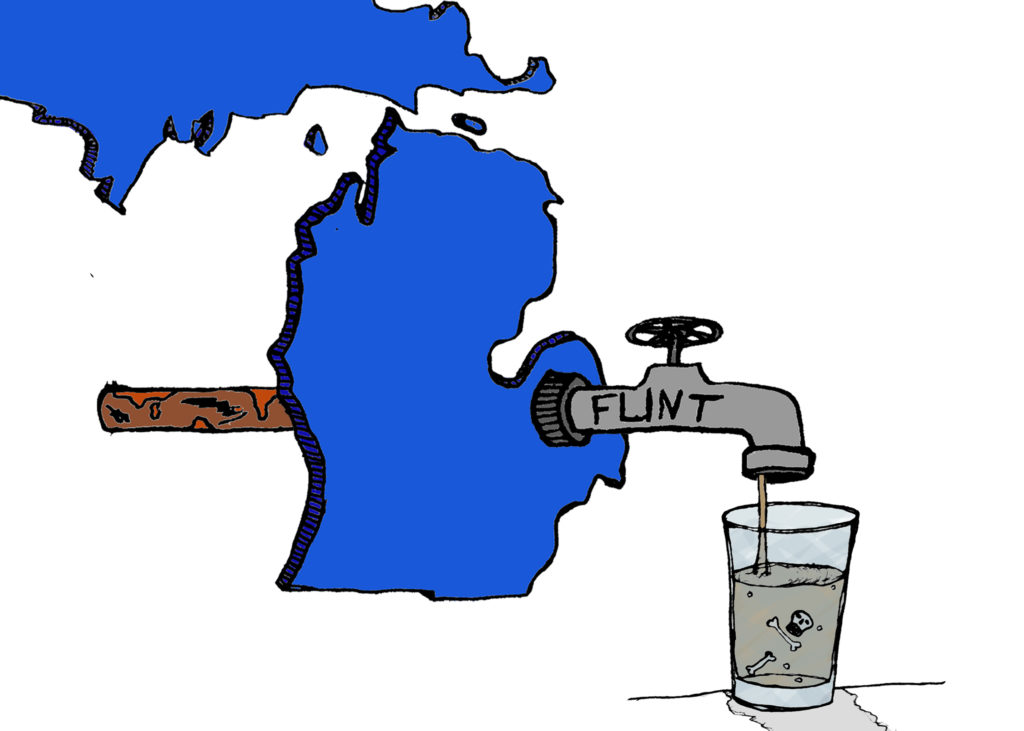While some environmental advocates are using comedy as a medium to encourage climate change activism, insurance companies are not laughing.[1] The United States alone has lost, on average, $240 billion USD in economic activity from extreme health and weather events every year from 2007-2017.[2] The dangers of carbon dioxide emissions are a league of its own in that its risks are indiscriminate – CO2 gas in industrialized China will also be costly for residents in Florida, if not more so. As global emissions continue to rise, the expense future generations will accrue to live with unsustainable global temperatures will be enormous; up to $54 trillion by 2040, according to a United Nations report.[3] Simply put, climate change goes far beyond what insurance policies can handle.
This has made economists pursue a universal “price” on carbon. If you can place a dollar amount on one metric ton of CO2 equal to its economic damage, you can find out which policies can sustain or reduce climate change.
Of course, this is trickier to calculate than one would imagine. If CO2 emissions run into disastrous territory, setting a low price now would leave us greatly unprepared for the long-term debt to nature. On the other hand, stamping a high price can risk over-investing and burdening consumers if climate change can be reversed quicker than projected. Technological innovations have been promising for achieving “green” societies, from the rise of the internet reducing plastic waste to fully electric automobiles. Even if economists were able to make the right assumptions, though, there is still too much general uncertainty.
Despite these unknowns, at least 40 governments have come up with their own price points. In Sweden, where carbon taxes have been introduced back in 1991, emitting one metric ton of CO2 costs consumers about $126 USD.[4] In Poland, the same amount of emissions are priced at $0.10.[5] Although the United States has largely resisted pricing carbon, advocates for such a policy generally place the range from $40 to $125.[6][7] Unless these three nations are using “alternative facts,” there is little good reason that the price would vary so drastically.
The truth is that the current price of carbon is far too low. To prove this, look no further than the cost of probabilities. Right now, there is a “likely” chance (around 66%) that global temperatures will increase between 1.5 to 4.5 degrees centigrade (2.7 to 8.1 degrees Fahrenheit) by 2100.[8] For the world economy, the cost of such a shift could amount up to $23 trillion per year, give or take.[9] If we were prepared to mitigate this scenario alone, appropriating the cost with 2100’s projected carbon emissions would give CO2 a price of over $220 today.[10]
This is a conservative estimate. It does not consider the economic damage we could foresee if global temperatures rise above 4.5 or 6 degrees centigrade (10.8 degrees Fahrenheit), a scenario of catastrophic proportions. Add in these probabilities (about 10%), and you can easily have the price of carbon at $300 or more.[11]
Part of this price discrepancy is based on how economists map their calculations. Since the early 1990’s, climate policy assessments have typically relied on a tool called the Dynamic Integrated Climate-Economy model (aka. DICE Model), which assumes that investing in some amount of climate action today would save consumers inflated costs in the long-term.
This “pre-order now” concept makes sense at face value, but it doesn’t motivate carbon producers and consumers alike to feel the pain of climate change until the effects become too costly – a sign that we are already too late. DICE, for all intents and purposes, allows us to give the invoice to our children instead.
Calculating costs based on probabilities motivates the public to look at a future calamity as a contemporary one. And unlike DICE, where prices are expected to rise regardless if electric automobiles dominate the streets, this method allows the price of carbon to decline. Commit to climate policy eliminating the likelihood that temperatures will rise past 4.5 degrees centigrade, and your carbon footprint will level back to about $220 per tonne. Here, changes in technology and market behavior are key to fluctuate both green investments and social responsibility. Even if uncertainty makes economists underestimate the costs, we would be far more financially prepared than the arbitrary $40 price tag.
That is not to say that such a high price wouldn’t upset our day-to-day consumer activities. If Americans were struck with a carbon tax – which they inevitably will – transitioning the public to $300 over a small period is more feasible than paying it upfront. But unless we want to get serious about the warming planet, $300 per metric ton ought to be our new reference point.
Work Cited
[1] Corner, Adam. “Why It’s Good to Laugh at Climate Change.” The Guardian. Guardian News and Media, 20 Jan. 2015. Web. 03 Mar. 2021.
[2] “The Economic Case for Climate Action in the United States.” FEUUS. Universal Ecological Fund, Sept. 2017. Web. 03 Mar. 2021. <https://feu-us.org/case-for-climate-action-us/>.
[3] DiChristopher, Tom. “Climate Disasters Cost the World $650 Billion over 3 Years – Americans Are Bearing the Brunt: Morgan Stanley.” CNBC. NBCUniversal, 14 Feb. 2019. Web. 03 Mar. 2021.
[4] Jonsson, Samuel, Anders Ydstedt, and Elke Asen. “Looking Back on 30 Years of Carbon Taxes in Sweden.” Tax Foundation. 22 Jan. 2021. Web. 03 Mar. 2021.
[5] Asen, Elke. “Carbon Taxes in Europe.” Tax Foundation. 27 Jan. 2021. Web. 03 Mar. 2021. <https://taxfoundation.org/carbon-taxes-in-europe-2020/>.
[6] Wagner, Gernot. “Why Oil Giants Figured Out Carbon Costs First: Gernot Wagner.” Bloomberg.com. Bloomberg, 22 Jan. 2020. Web. 03 Mar. 2021.
[7] Nordhaus, William D. “Scientific and Economic Background on DICE Models.” Google Sites. Aug. 2017. Web. 03 Mar. 2021. <https://sites.google.com/site/williamdnordhaus/dice-rice>.
[8] Wagner, Gernot, and Martin L. Weitzman. “Fat Tails.” Climate Shock the Economic Consequences of a Hotter Planet. Princeton ; Oxford: Princeton UP, 2016. 48-79. Print.
[9] Kompas, Tom. “U.S. $23 Trillion Will Be Lost If Temperatures Rise Four Degrees by 2100.” Phys.org. Science X Network, 15 Aug. 2018. Web. 03 Mar. 2021.
[10] “2100 Projections.” CO2.Earth. ProOxygen, 28 Nov. 2016. Web. 03 Mar. 2021. <https://www.co2.earth/2100-projections>.
[11] Wagner, Gernot, and Martin L. Weitzman. “Fat Tails.” Climate Shock the Economic Consequences of a Hotter Planet. Princeton ; Oxford: Princeton UP, 2016. 48-79. Print.



